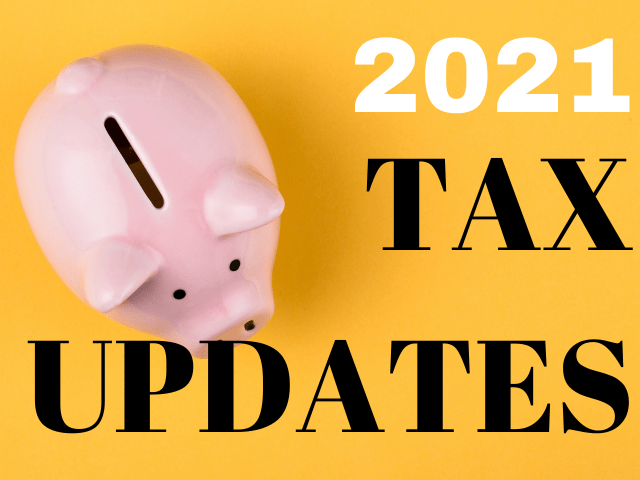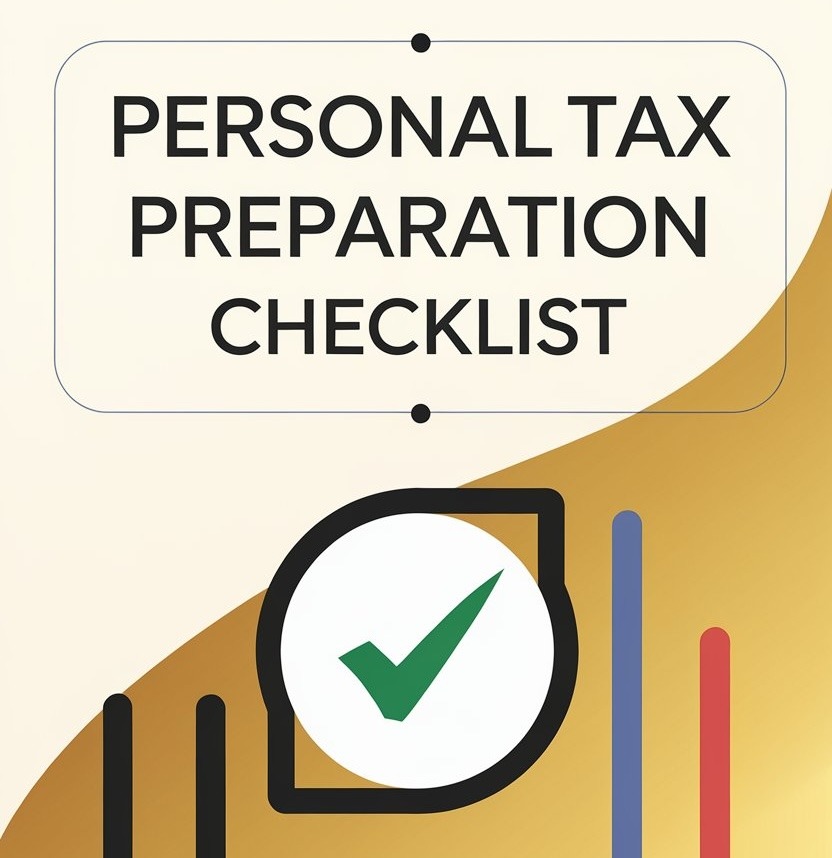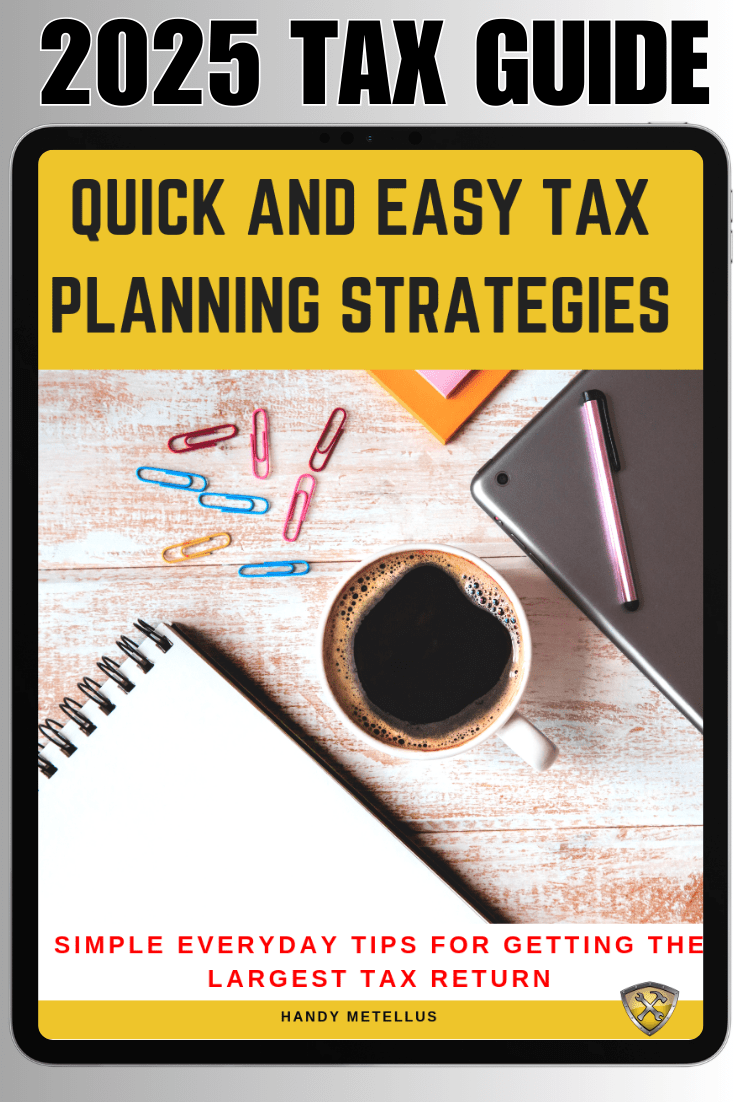The 2021 tax season is coming soon. That means that it’s time to check out the latest 2020 tax changes and updates. The good news is that we have been able to put together this easy to follow guide on the latest tax changes.
Be sure to check out each of the ten major 2020 tax changes for the season. Chances are, at least some of these recent tax changes may apply to you.
THIS POST MAY CONTAIN AFFILIATE LINKS. PLEASE READ MY DISCLOSURE FOR MORE INFO. This means if you click on any of the links, I’ll receive a small commission.
1. Higher Health Savings Account (HSA) Limits
Each year, the contribution limits for your Health Savings Account increases due to inflation. For the 2021 tax filing season, this is no different.
Here’s a look at the current HSA contribution limits and the amount of the increase:
- If you have self-only coverage, the new limit is $3,550. This is a $50 increase from the previous years’ return.
- If you have family coverage, the new limit is $7,100. This is a $100 increase from the previous years’ coverage.
Click HERE for the complete tax preparation check list needed for filing your taxes.
2. Charitable Deduction Changes
Because of the ongoing issues of this year, the United States government is encouraging more and more people to make charitable cash contributions. For the 2020 tax filing year, the charitable standard deduction has increased to as much as $300 in cash contributions.
If you itemize your deductions, then you are not subject to the $300 cash contribution limit.
Also, you can deduct cash contributions of up to 100% of your adjusted gross income. This is an increase of 60% from the previous filing year.
3. Waived Required Minimum Distributions
For the 2020 filing year, there are no required minimum distributions. Normally, this is taxable income. This will allow some retirees to have lower taxable income, thus this will lead to less Federal income tax owed in 2021.
File Your Taxes with Ease from Home Today with TurboTax!
4. Higher Income Brackets
Due to inflation, there are higher tax brackets. Here is a look at the ta brackets for the 2020 filing year.
2020 Tax Bracket for those filing with single status:
- 10% tax bracket for income of $9,875 or less
- 12% tax bracket for income of more than $9,876 and no more than $40,125
- 22% tax bracket for income of more than $40,126 and no more than $85,525
- 24% tax bracket for income of more than $85,526 and no more than $163,300
- 32% tax bracket for income of more than $163,301 and no more than $207,350
- 35% tax bracket for income of more than $207,351 and no more than $518,400
- 37% tax bracket for income of more than $518,401
2020 Tax Bracket for those married and filing jointly:
- 10% tax bracket for income of $19,750 or less
- 12% tax bracket for income of more than $19,751 and no more than $80,250
- 22% tax bracket for income of more than $80,251 and no more than $171,050
- 24% tax bracket for income of more than $171,051 and no more than $326,600
- 32% tax bracket for income of more than $326,601 and no more than $414,700
- 35% tax bracket for income of more than $417,701 and no more than $622,050
- 37% tax bracket for income of more than $622,050
5. Adoption Credit Changes
There is a $220 increase in tax credit for qualified adoption expenses. Now, the maximum allowable amount is $14,300 for 2020 tax returns.
6. New Standard Deduction Amounts
Standard deductions are designed to reduce your taxable income amount. Each year, these standard deductions are increased due to inflation.
For 2020 taxes due in 2021, there standard deduction amounts are the following:
- Married filing jointly: $24,800. This is a $400 increase from 2019 tax returns.
- Married filing separately: $12,400. This is a $200 increase from 2019 tax returns.
- Head of household: $18,650. This is a $300 increase from 2019 tax returns.
- Single: $12,400. This is a $200 increase from 2019 tax returns.
7. Those Who Didn’t Receive Economic Impact Payments May Be Able to Claim the Recovery Rebate Credit
You can now claim the Recovery Rebate Credit if you can claim the following eligibility criteria:
- You did not receive an Economic Impact Payment this year, or
- The Economic Impact Payment was less than $1,200 ($2,400 if married and filing jointly for 2019 or 2018) plus $500 for each qualifying child.
8. Increased Contributions Limits for Limited Workplace Retirement Accounts
Limits for workplace retirement accounts have also been adjusted for inflation. Here are the new limits for the 2020 tax return due in 2021:
- The base contribution limit for 401(k) plans is $19,500. This is a $500 increase from the previous tax year.
- The limit for catch-up contributions (for anyone 50 years of age or over) is $6,500. This is an increase of $500 from the previous tax year
9. Higher Limits for the Saver’s Credit
The Saver’s Credit has been increased for the 2020 tax filing year. You can claim the Saver’s Credit if your income is no more than the following:
- Married filing jointly: $65,000. This is an increase of $1,000 from the previous tax year.
- Head of household: $48,750. This is an increase of $750 from the previous tax year.
- All other tax-filing statuses: $32,500. This is an increase of $500 from the previous tax year.
10. Changes to Income on Capital Gains Rates
While the tax rates on long-term capital gains and qualified dividends did not change for 2020, the income thresholds to qualify for the various rates have increased. Here is a look at the recent changes on taxable income:
- 0% tax rate: Income up to $40,000 for individual taxpayers, $53,600 for head of household and $80,000 for joint filers.
- 20% tax rate: $441,451 for singles, $469,051 for head of household and $496,601 for joint filers.
- 15% tax rate: for all taxpayers between the 0% and the 20% tax rate.
Staying on Top of the 2020 Tax Changes
It’s important to stay on top of the most recent tax changes because they can really help you save money when it’s time to pay Uncle Sam. If you have any more questions, be sure to take to your tax advisor.
If you want more handy tax tips, then feel free to check out my latest articles here. You can sign up to get on the waiting list if you’d like to file with me this year.
If you enjoyed this article, then you’ll love these:
- How to Save Money for Vacation in 3 Months (23+ Money Saving Tips)
- Do I Need to File a Tax Return?
- Pay Off Debt Quickly with These 4 Simple Tips
- How to Save $3,000 in 6 Months (Save Money Fast)
Until the next money adventure, take care!
Handy

Disclaimer Statement: All data and information provided on this site is for informational purposes only. The Handy Tax Guy makes no absolute representation of the correctness, mistakes, omissions, delays, appropriateness, or legitimacy of any information on this site. **Note: Each client circumstance will vary on a case-by-case basis**







